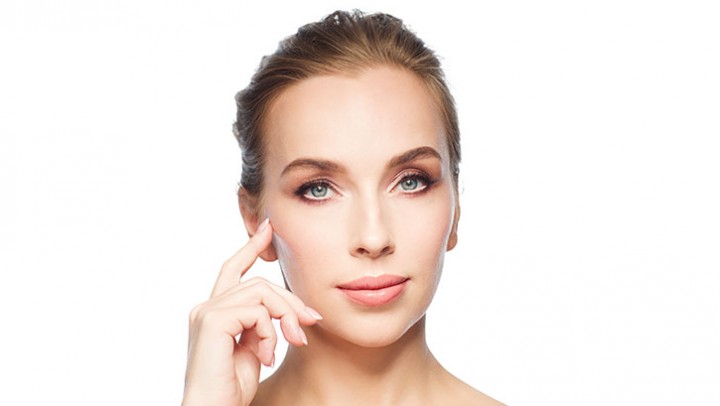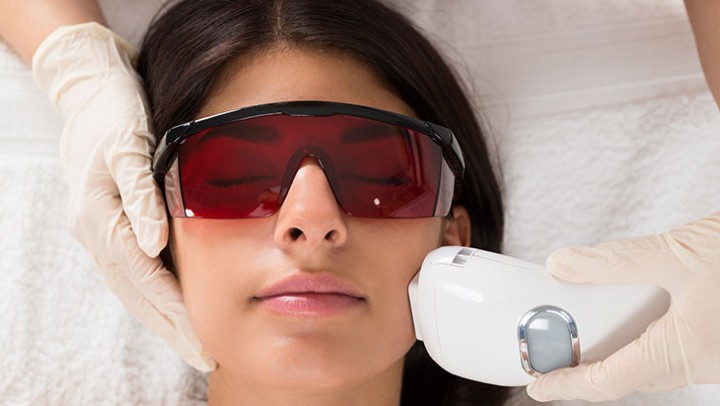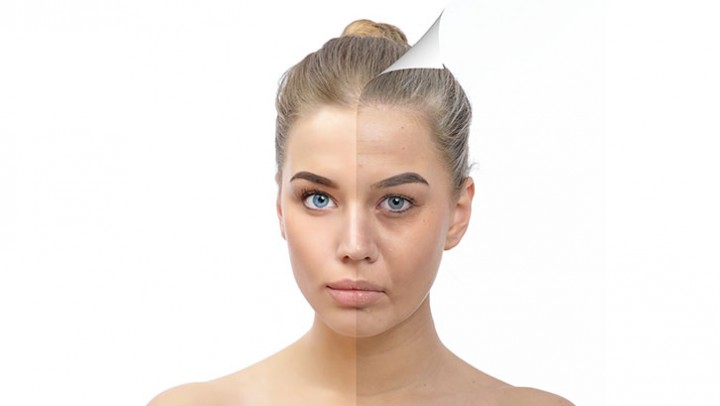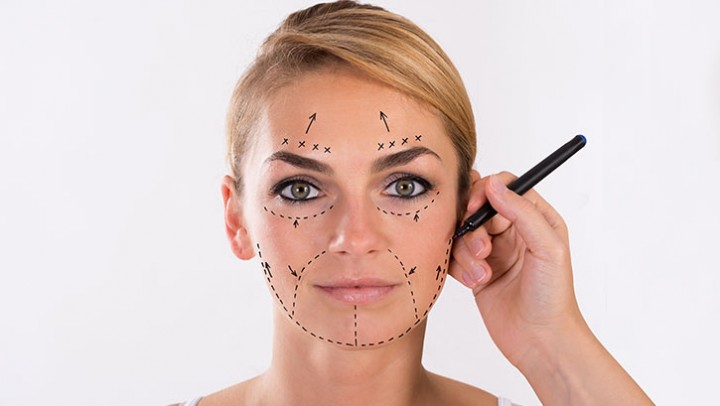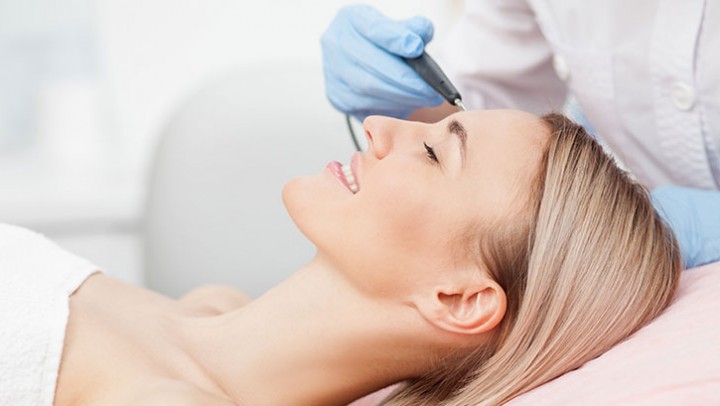
Is Laser Skin Resurfacing Right for You?
Laser skin resurfacing is a safe and effective skin rejuvenation technique that uses a targeted laser, typically a CO2 laser, to remove damaged skin layer by layer; revealing the beautiful, healthy skin underneath. Because it is both convenient and cost effective, especially compared to surgical alternatives, laser skin resurfacing is rapidly gaining popularity. Over half a million patients underwent laser skin resurfacing last year.
Skin Problems Laser Skin Resurfacing Can Treat
Laser skin resurfacing is a versatile, minimally invasive cosmetic procedure that can help remedy a variety of skin problems, including discoloration, fine lines and wrinkles, and acne and other scars.
Laser Resurfacing for Discoloration
Discoloration is something that most of us experience over the course of our lives. This can be because of aging, sun damage or a medical disorder, but can also simply be something you’re born with; such as a port wine stain or other birth mark. Laser skin resurfacing cannot eliminate dramatic discoloration, but it can even out discoloration and blotchiness and make it less eye-catching and easier to cover with cosmetics.
Laser Resurfacing for Fine Lines and Wrinkles
Most people think of injections or surgical lifts as the go-to treatments for fine lines and wrinkles, but laser skin resurfacing can also treat these annoying signs of aging. In fact, many candidates who experience minimal or no results after lifts have great success with laser skin resurfacing. This technique is especially effective for the crow’s feet that develop at the corners of our eyes, as well as wrinkles that develop around the mouth and on the forehead.
Laser Scar Removal
Laser skin resurfacing is unique from other skin resurfacing treatments in that it can improve the appearance of all types of scars, including acne scars, which other skin resurfacing treatments usually cannot treat. Laser scar removal is a method commonly used in scar revision procedures. Laser scar removal can be used to remove or lessen the appearance of scars that result from surgery, injury, and more.
Good Candidates for Laser Skin Resurfacing
Good candidates for laser skin resurfacing will experience one of the above issues to a significant degree. Laser skin resurfacing is not for patients with only minor imperfections. People with dark skin may not be eligible for skin resurfacing because the greater pigmentation in their skin can mean an increased risk of discoloration or skin damage. Your doctor will be able to determine if laser skin resurfacing is right for you by examining your skin and discussing your goals with you during your consultation.
Like with other cosmetic procedures, candidates for laser skin resurfacing should be in good general health, with no conditions that could delay or complicate the healing process. Candidates should be non-smokers or at least not smoke for two weeks before and after the procedure. During your consultation, tell your doctor about all medications you take, including vitamins and supplements, and disclose any allergies you may have.
Dr. William J. Binder
Dr. William J. Binder is a facial and reconstructive plastic surgeon based out of beautiful Los Angeles, and is considered one of the world’s leading plastic surgeons. Dr. Binder has about three decades of experience in the field, is board certified by both the American Board of Facial Plastic and Reconstructive Surgery and the American Board of Otolaryngology and Head and Neck Surgery, and has 10 U.S. and global patents on medical and surgical devices and pharmaceuticals.
Whether you want laser scar removal or laser skin resurfacing for hyperpigmentation or fine lines and wrinkles, contact Dr. Binder’s office today to schedule your consultation.


